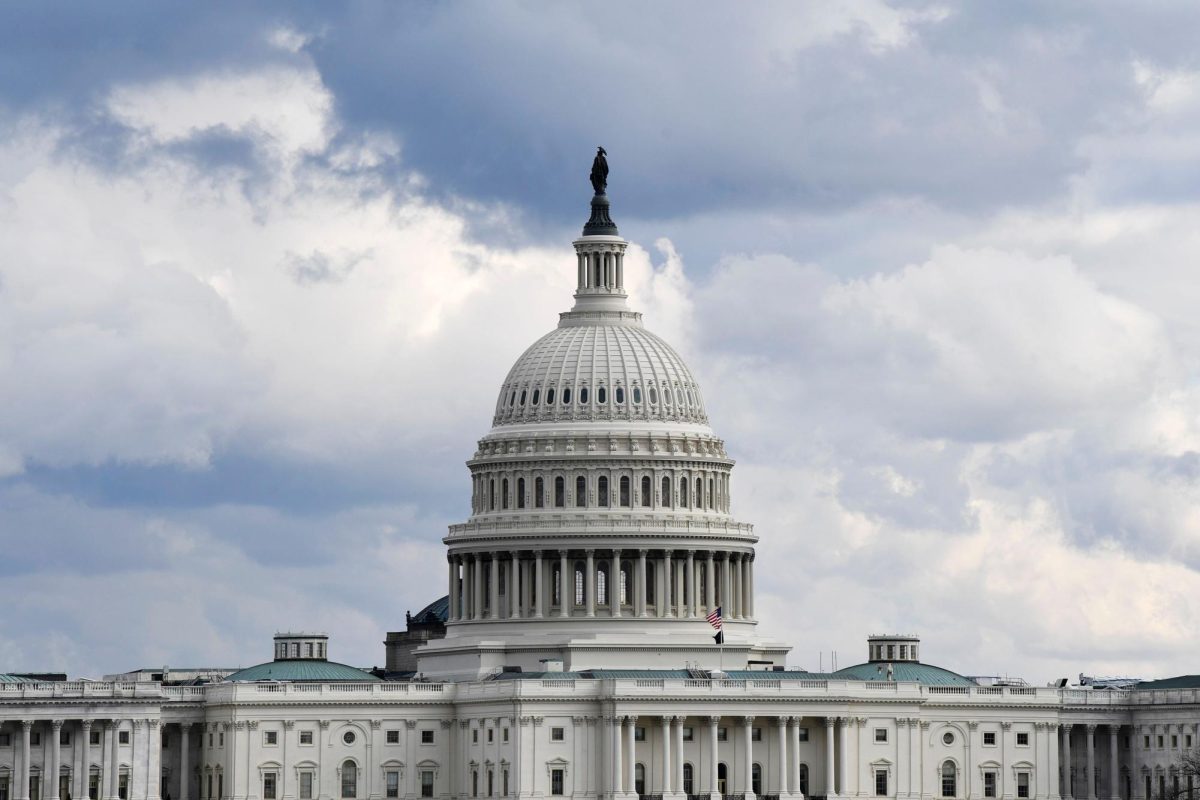Early Wednesday morning, Nov. 6, former President Donald Trump was declared the 47th president of the United States of America after surpassing 270 electoral college votes against Vice President Kamala Harris. Jan. 20, 2025, Trump will be sworn in alongside running-mate J.D. Vance.
Wisconsin was the state that bumped Trump over the 270-elector goalpost. At 4:34 a.m., all 10 Wisconsin electoral votes were given to the former, and future, president. The popular vote, as expected from a swing state, was split 49.7% for Trump and 48.8% for Harris.
Harris and Trump had been neck and neck in recent public opinion polls in the lead-up to the election. On Nov. 5, Harris even had a slight lead at 49% national average approval to Trump’s 48%.
The U.S. elects presidents using both a popular vote, the ballots cast by the general public, and an electoral college, a process where “qualified citizens” vote on behalf of the public. In most states, including Wisconsin, whichever candidate receives the majority of the popular vote receives all electoral college votes.
The Electoral College consists of 538 electors who are usually chosen by the Democratic and Republican parties in each state and the District of Columbia. The number of electors for each state is determined by the number of representatives in the House with an additional elector for each of the two state senators.
Although states like California, Texas and New York have a large number of electors (54, 40 and 28, respectively), they generally vote the same way every election. Since they are predictable, they’re unlikely to largely influence the outcome of an election. Alternatively, the battleground states of Arizona (11), Georgia (16), Michigan (15), Nevada (6), North Carolina (16), Pennsylvania (19) and Wisconsin (10), had all eyes on them.
Pennsylvania, Wisconsin and Michigan make up the “blue wall,” which is considered a crucial win for a Democratic candidate to be elected. In the 2016 race between Hillary Clinton and Donald Trump, all three states voted red and Trump was elected president; Between President Joe Biden and Trump in 2020, all three states voted blue. This year, the pattern continued with all three voting red and Trump becoming the 47th president.
The race for one of two Wisconsin seats on the U.S. Senate was also on the ballot. Incumbent Senator Tammy Baldwin won over Republican challenger Eric Hovde for her third term. Come January, the GOP will have the majority in the Senate, with 53 Republicans, 45 Democrats and two independents.
All 435 members of the House of Representatives were up for reelection. In Wisconsin’s 3rd congressional district, incumbent Derrick Van Orden won against Democratic opponent Rebecca Cooke. As of Nov. 7, 211 Republicans and 199 Democrats were elected, but 25 seats have yet to be called. A party majority of at least 218 has not yet been reached.
As for the Wisconsin State Senate, Brad Pfaff was re-elected to serve the 32nd Senate district over Stacey Klein.
Two referendum questions were featured on the ballot for La Crosse residents, one to address a city school district budget request and one to change the Wisconsin Constitution.
51% of voters approved the $53 million plan to consolidate the La Crosse School District elementary schools. As a result, a new elementary school will be built to replace Emerson and Spence and a building addition will be made onto State Road Elementary.
On the statewide level, 70.5% of Wisconsinites voted “yes” to alter the language of the state Constitution. Section 1, Article III will be amended to state that “only” a U.S. citizen within an election district and older than 18 can vote, rather than the previous “every” citizen. For more information on the implications of this decision, click here.
This election cycle has been anything but ordinary with many “firsts”. Harris, if elected, would have been the first woman president of the U.S. and Trump is now the oldest president ever elected, the only president to be impeached twice and the only convicted felon to be elected president.
Upon his return to the White House, Trump has laid out several plans for “day 1” in office. These stated plans include, but are not limited to; freeing many of the individuals who stormed the capital on Jan. 6, 2021, reversing Biden’s clean energy policies, deporting millions of undocumented immigrants and firing the individuals that contributed to his criminal convictions.
La Crosse saw a flood of campaign stops, rallies, political mailings and campaign ads throughout the duration of the election. This focus on La Crosse voters may have paid off, as 98% of all registered voters in the city cast a ballot on or before Nov. 5. Statewide, Wisconsin had the highest turnout in history, with 73% of eligible voters participating.
The next statewide election will be the Spring partisan primary election on Feb. 18, 2025. The Spring general election will be held Apr. 1.














